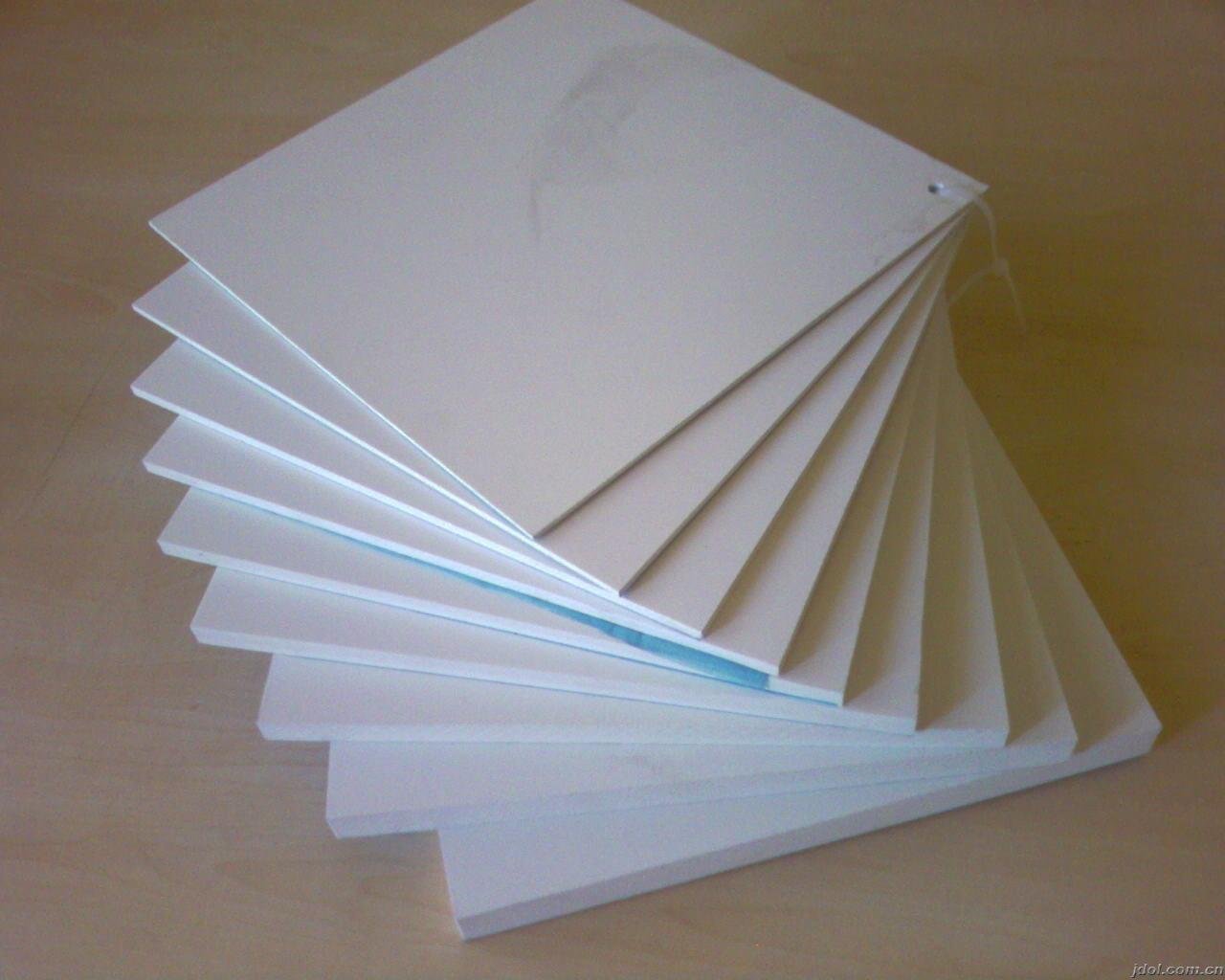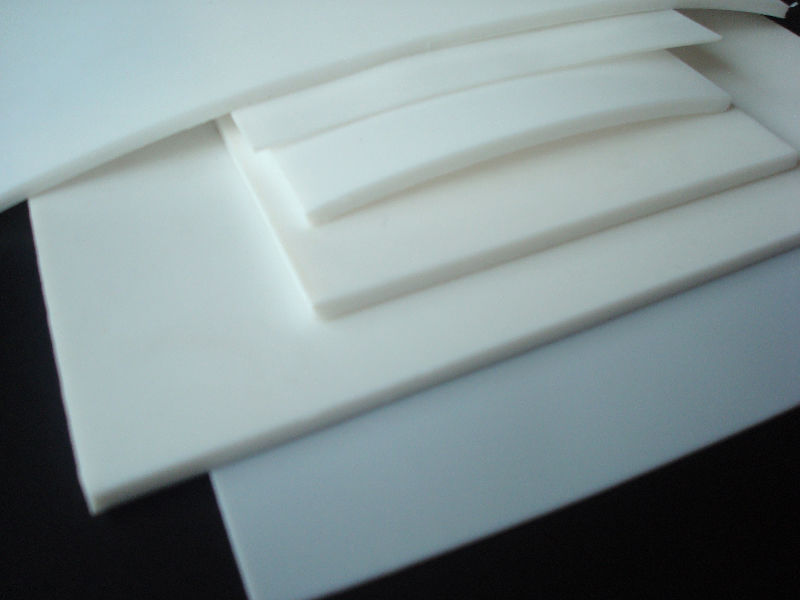Product Categories
THE MAIN PROPERTIES OF PTFE
If you were trying to invent a highly flexible, chemical resistant, thermal resistant, non-stick and electrically resistant material, and it hadn’t already been done, you’d be hoping you could come up with a material somewhere nearly as good as PTFE is in these areas.
PTFE’s melting point is around 327°C, and pure PTFE is almost totally chemically inert, highly insoluble in most solvents or chemicals, and thermally stable enough to be used between -200 degrees C and +260 degrees C without degrading.
Other useful PTFE properties are its high flexural strength, even in low temperatures, high electrical resistance and dielectric strength, resistance to water (owing to fluorine’s high electronegativity), and low coefficient of friction. PTFE’s density is also very high, at 2200 kg/m3.
In fact, beyond reaction to some chemical agents and solvents (for example, chlorine trifluoride, cobalt(III) fluoride, xenon difluoride or elementary fluorine if at a high pressure and temperature), the only factor to be taken into consideration when using PTFE is that it does not have a good resistance to high energy radiation, which will cause breakdown of the PTFE molecule.
MODIFIED PTFE PROPERTIES
In addition to pure PTFE, there are two co-polymers which are equally as useful as PTFE, but with some different properties.
PFA or Perfluoroalkoxy has very similar properties to PTFE in that it is very chemically resistant, flexible and thermally stable (with continuous use up to 260 degrees C), but while PTFE does have some tendency to creep, PFA is creep resistant and is excellent for melt-processing, injection moulding, extrusion, compression moulding, blow moulding, and transfer moulding.
TFM, known as PTFE-TFM, is polytetrafluoroethylene with perfluoropropylvinylether as an additional modifier, giving a denser material which is stiffer, also creep resistant like PFA, and weldable.
FILLED PTFE
Pure PTFE sheet can deform badly under a load, but the use of fillers can help with this, though it should be noted that not all filled PTFE is suitable for use with food.
Adding a filler to PTFE can increase its strength, improve resistance to abrasion, add electrical conductivity and more; however, adding fillers can also reduce some of the advantageous PTFE properties, such as chemical resistance which will be limited by that of the filler.



